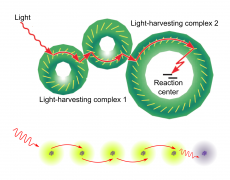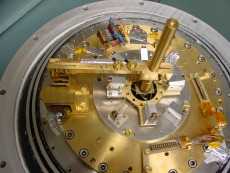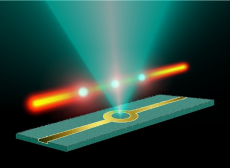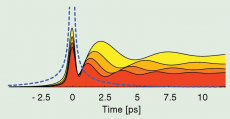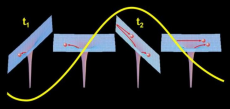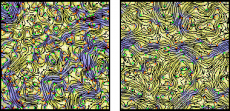CQD Special Seminars
23. October 2017 13:30
Seminarraum 2.403, Kirchhoff-Institut für PhysikCoherence of an Interacting Ultra-Cold Atomic Ensemble in a Trapped Matter-Wave Sensor
Alexis Bonnin
SYRTE - Observatoire de Paris, France
The FORCA-G project aims to develop a quantum-sensor for probing short range forces, i.e forces at a length scale of typically few micrometers. The sensor relies on a trapped atom interferometer using an ultra-cold ensemble of 87Rb trapped in a vertical optical lattice (l = 532nm). For shallow depths of the lattice, stimulated Raman transitions are used to induce a coherent coupling between different lattice sites, allowing us to realize atom interferometers capable of probing with very high sensitivity and accuracy the local potential experienced by the atoms. By using a symmetrized Ramsey-Raman interferometer, our force quantum-sensor reaches a state-of-the-art relative sensitivity of 1.8x10 -6 at 1 s on the Bloch frequency, and thus on the local gravitational field.
In a recent work, we studied the impact of atomic interactions arising from the use of a dense and small ultra-cold atomic ensemble as a source for our trapped interferometer. The purpose of using such an atomic source is to reduce inhomogeneous dephasing and to obtain better addressability of the lattice sites and ultimately to populate only one of them. At densities of typically 1012 atoms/cm3, we observe an unexpected behavior of the contrast of Ramsey interferometers, when applying a p-pulse to symmetrize the interferometer. These results are interpreted as a competition between the spin-echo technique and a spin self-rephasing (SSR) mechanism based on the identical spin rotation effect (ISRE). Originating from particle indistinguishability, SSR has
been observed in trapped atomic clocks, where it can enhance the clock’s coherence up to several seconds. The study of these mechanisms due to atomic interactions seems thus to be of great interest for metrology and for developing more compact quantum-sensors based on trapped atomic ensembles, and capable of probing the external fields experienced by the atoms with a spatial resolution better that 1mm.



